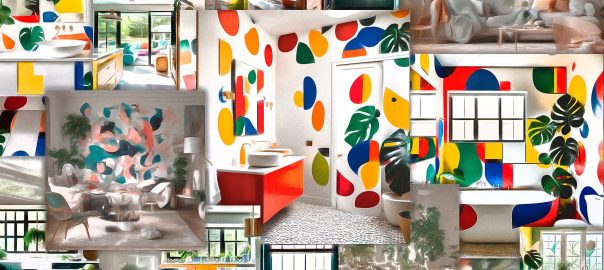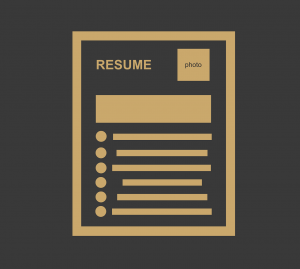It has barely been a year since Chat GPT went mainstream, and already it has made waves—nay, towering crests—in the creative industry. Architects are leveraging generative artificial intelligence to automate repetitive tasks and turn hand sketches into highly realistic renderings. Graphic designers are using it to experiment with new concepts. Artists are utilizing it to create mind-blowing installations. Even amateur interior designers (like me) are using it to redecorate their home office.
As we roll into year two of gen AI, we asked four top interior designers about their relationship with the technology. Design powerhouse Kelly Wearstler implemented AI almost as soon as ChatGPT came out in November 2022 and is now building custom GPTs to match her studio’s aesthetic. Maria Martin, an Austin-based interior designer and cohost of the podcast Designer Discussions, has experimented with every AI platform under the sun and concluded that AI is about to get quite a bit better at doing math, i.e., thinking spatially and at scale. Primo Orpilla from the San Francisco design studio O+A is considerably more skeptical about the benefits of AI and uses it only for occasional inspiration (though he wishes he could delegate construction documents to it). And Yabu Pushelberg is focusing on very specific logistical tasks like refining the material texture on a render.
Here’s a behind-the-scenes look at how these studios are using AI today, and how they’ll be using it by the end of 2024.
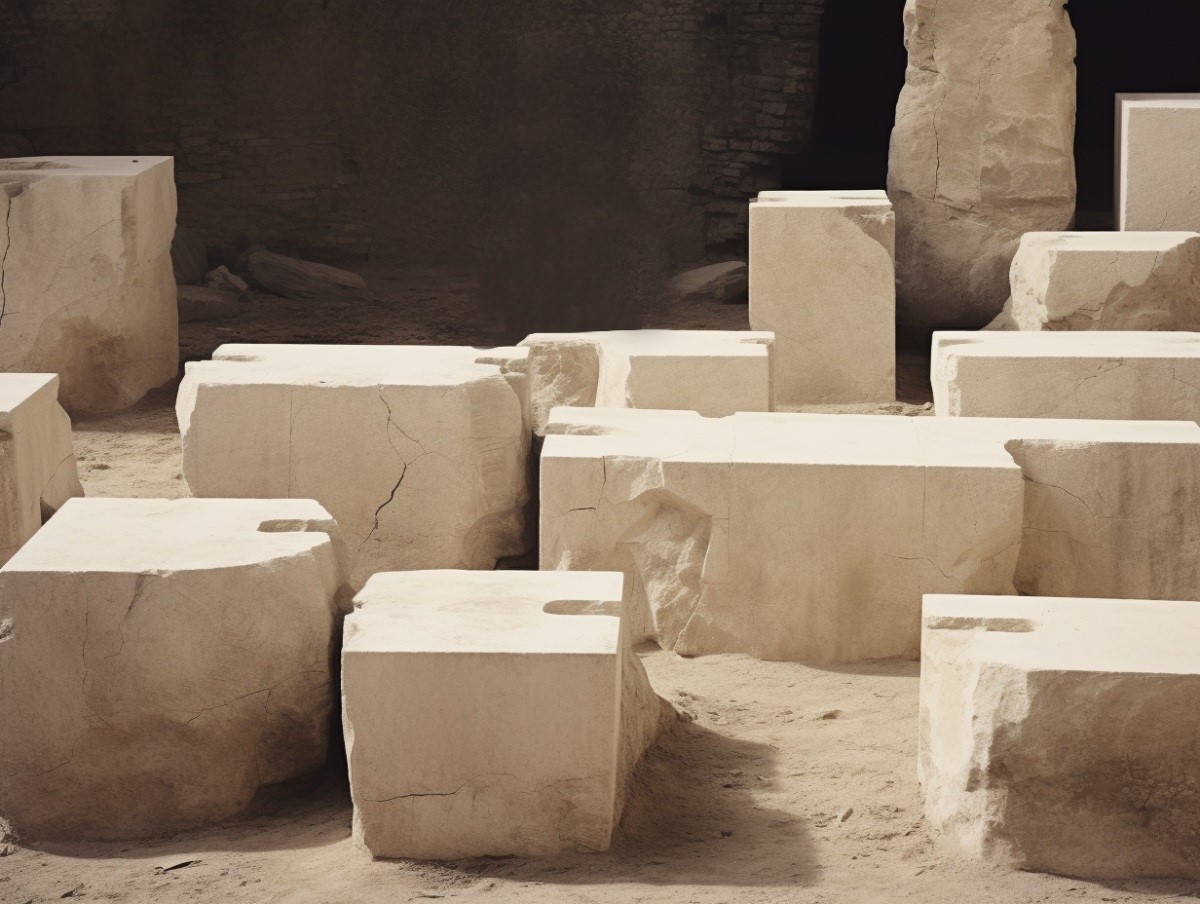
For the most part, she says, working with AI has been trial and error, or “a gamble,” as she puts it. But that’s about to change with custom GPTs. Typically, a GPT model generates responses by assimilating huge chunks of information that it pulls—oftentimes dubiously—from various corners of the internet. This means the result you get back is not personalized. If you’re asking AI to craft an email that sounds like you, or to design something that looks like something you’d design, well, it may require a lot of wordsmithing (and the self-awareness to describe your own style) to help the AI get it right.
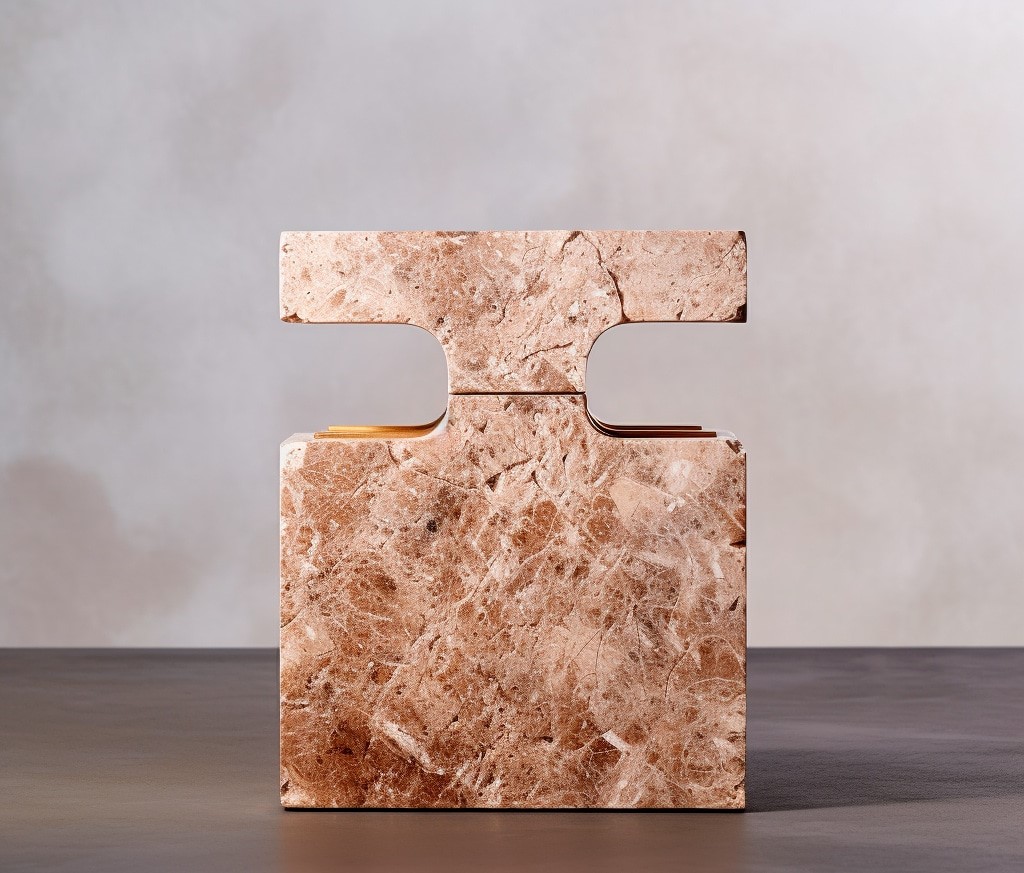
This is where Custom GPTs come into play. The newest version of ChatGPT runs on GPT-4, which can analyze images you import, and is integrated with OpenAI’s image generator, DALL-E 3. You could import your entire portfolio and have AI come up with a concept for a hotel lobby based entirely—and solely—on your studio’s aesthetic. Or you could make one custom GPT for every project you take on. “You can now have these trained large language models per project so it’s only focused on these images, so our net results are going to be so much more specific to what we’re looking for,” Wearstler says. “That’s going to be transformative for the studio.”
You’ll start using AI to draw plans at scale
For now, most AI programs designers use are pretty much a high-tech blend of Pinterest and rendering software. You can ask ChatGPT to come up with a concept; you can ask Midjourney to visualize that concept; and you can ask Let’s Enhance to jazz up your rendering. Most designers I spoke with for this story switch among Midjourney, DALL-E, and Stable Diffusion. Others use Repper, which generates patterns with AI.
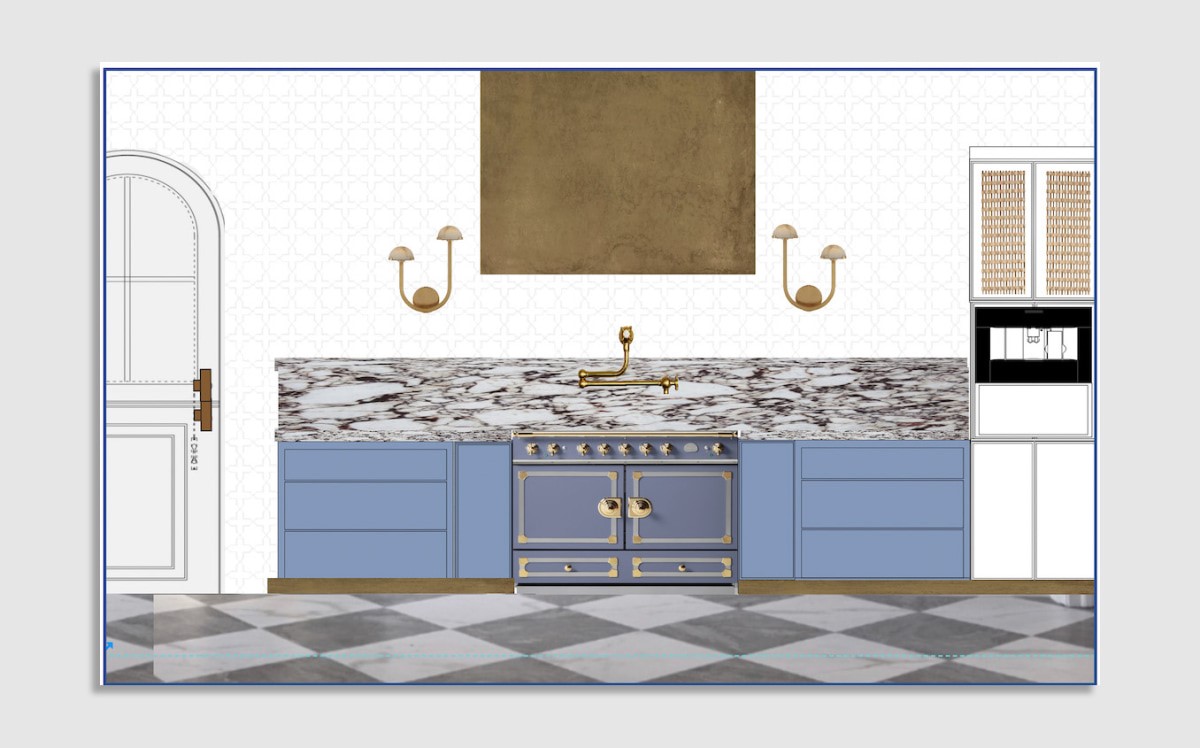
The problem with all of these programs is that they don’t understand scale, they don’t know building code, and they don’t know jurisdiction. “If you can’t tell it how big the room is, the solution is never a real solution,” says Maria Martin. “Once the math is controllable within the generative language model and the image generation, that’s when things are really going to change.” Is this going to happen by the end of this year? “I think you’re going to start seeing more of it,” she says.
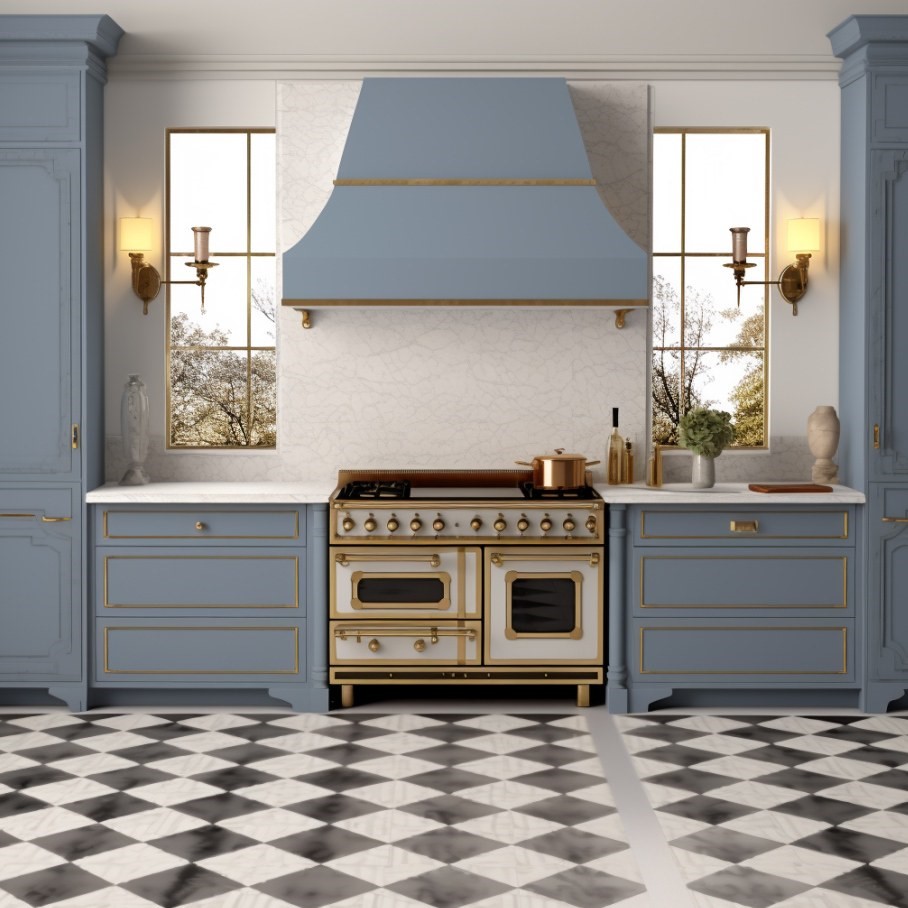
This level of control is already starting to happen with AI platforms like Hypar or Finch. The latter is a generative design tool that uses AI, graph technology, and sophisticated algorithms to help architects optimize building design. “If you have a floor plan, you can say, ‘I need six apartments in here, and you just drag your mouse and it will show you every configuration,” Martin says. “It knows how much space you need around a bed, how big a bedroom would have to be to meet code.” By comparison, DALL-E or Midjourney could give you an apartment with no doors and a bathroom in the entryway, she says. “It doesn’t understand spatial concept and spatial planning.”
Building code is another challenge. Yabu Pushelberg is a global design studio with projects in New York, Los Angeles, London, Toronto, and more. This means the team needs to understand building code in various jurisdictions, which requires time and expertise (or a consultant with local knowledge).
Peter Hunt, director of technology and operations, hasn’t tried Finch and is unclear about whether the program references jurisdiction-specific information or relies on user-defined rules (which would require prior understanding), but he says it looks promising. “The idea of being able to get live feedback on egress for a certain scheme is extremely exciting,” he says.
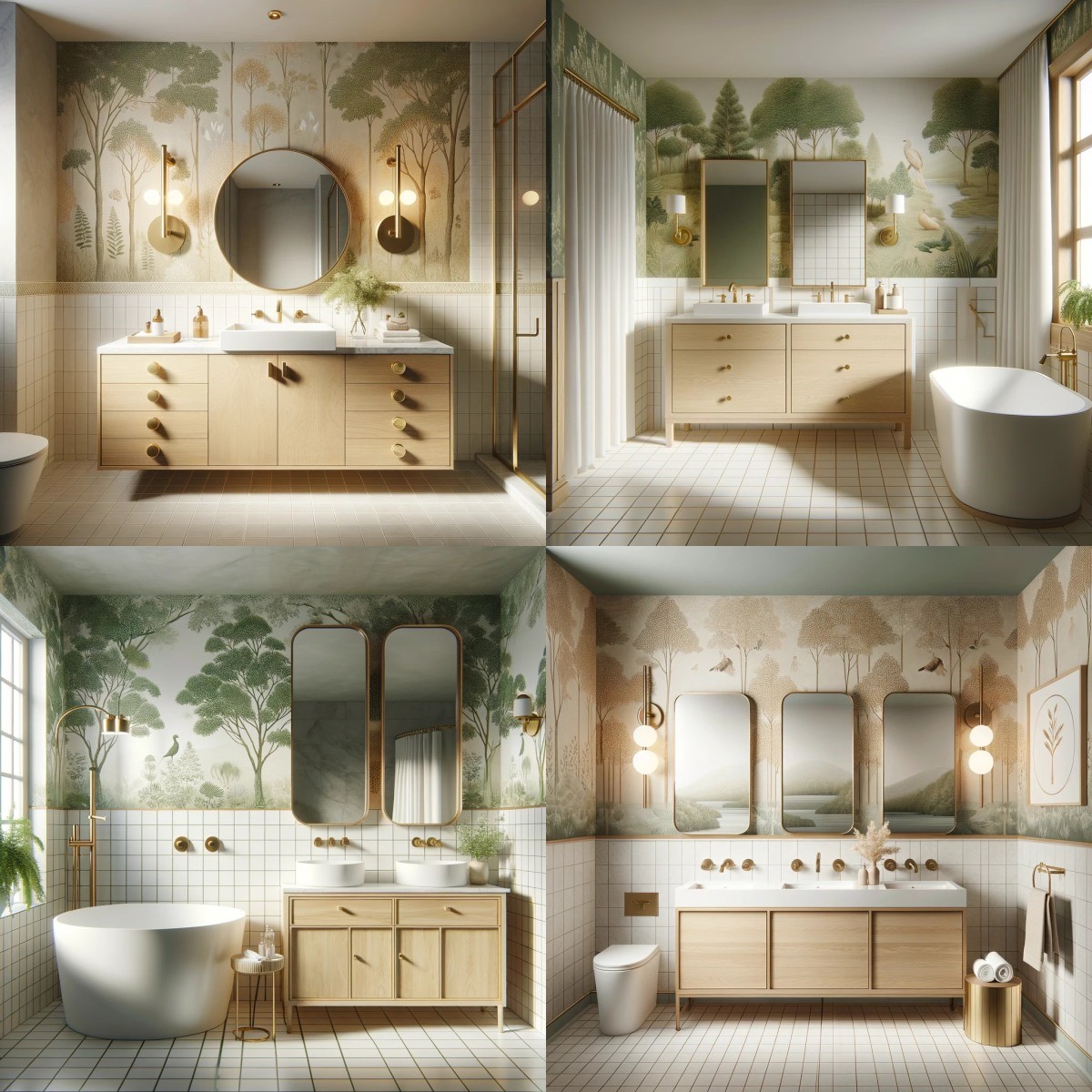
AI could help you fine-tune your style
Many designers have equated the role of an AI to that of an assistant or a collaborator who helps you focus your time and energy on what really matters: the creative stuff. We also know that the output you get from these AI generators is only as good as the prompt, and nailing that prompt isn’t always easy if you don’t have preexisting knowledge—or good taste.
“You have to have great taste level,” Wearstler says. “You have to be very specific and you have to know history, know design, be a great curator in order to get great stuff in return.” George Yabu of Yabu Pushelberg agrees: “A few things that currently separate designers from AI tools are ideas of taste, style, and the evolution of aesthetic.”
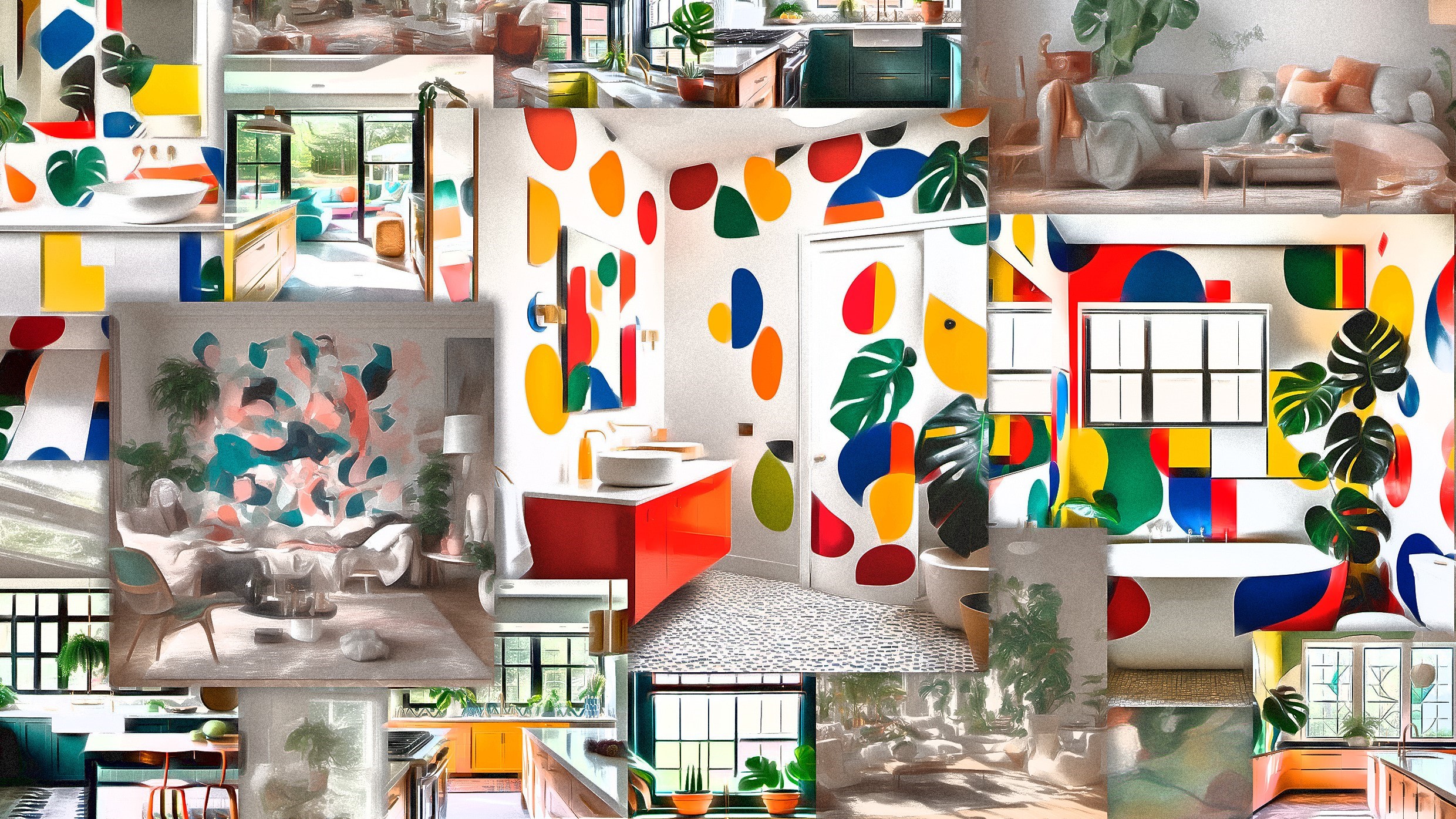
(8)
